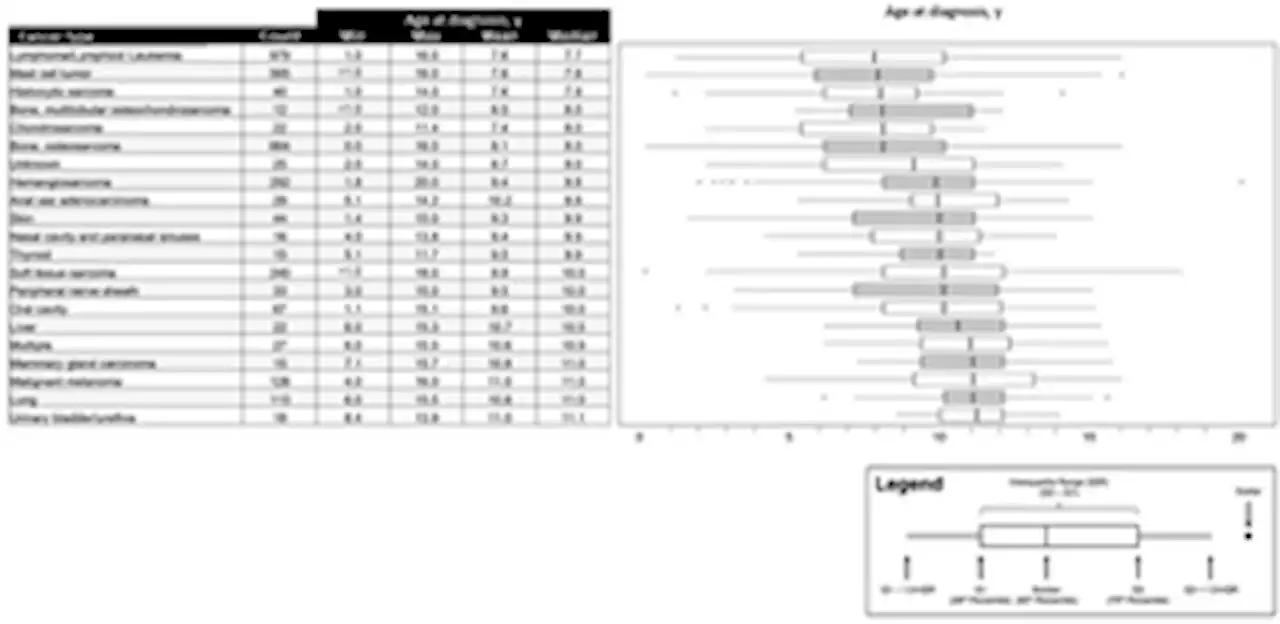Findings could introduce new and accurate AI-based opportunities in the clinical setting, potentially leading to personalized treatments for patients with otherwise lethal forms of cancer. Scientists at Sylvester Comprehensive Cancer Center at the University of Miami Miller School of Medicine, co
these classifications were independently confirmed through several omics platforms: genomics , proteomics lipidomics , acetylomics , metabolomics and others.
“We can now stratify glioblastoma patients based on biological features that are common between different omics,” Dr. Iavarone said. “Reading the genome alone has not been enough. We have needed more comprehensive data to identify tumor vulnerabilities.” The SPHINKS algorithm and related methods can be readily incorporated into molecular pathology labs, according to the researchers. Their paper includes a clinical classifier that can help assign the appropriate glioblastoma subtype to each patient. The team has also established an
While SPHINKS was first tested on glioblastoma, the algorithm is equally applicable to several other cancers. The team found the same cancer-driving kinases in breast, lung and pediatric brain tumors. Drs. Iavarone and Lasorella and colleagues believe this finding could be the impetus for a new type of clinical trial.
Brasil Últimas Notícias, Brasil Manchetes
Similar News:Você também pode ler notícias semelhantes a esta que coletamos de outras fontes de notícias.
 Age at cancer diagnosis by breed, weight, sex, and cancer type in a cohort of more than 3,000 dogs: Determining the optimal age to initiate cancer screening in canine patientsThe goal of cancer screening is to detect disease at an early stage when treatment may be more effective. Cancer screening in dogs has relied upon annual physical examinations and routine laboratory tests, which are largely inadequate for detecting preclinical disease. With the introduction of non-invasive liquid biopsy cancer detection methods, the discussion is shifting from how to screen dogs for cancer to when to screen dogs for cancer. To address this question, we analyzed data from 3,452 cancer-diagnosed dogs to determine the age at which dogs of certain breeds and weights are typically diagnosed with cancer. In our study population, the median age at cancer diagnosis was 8.8 years, with males diagnosed at younger ages than females, and neutered dogs diagnosed at significantly later ages than intact dogs. Overall, weight was inversely correlated with age at cancer diagnosis, and purebred dogs were diagnosed at significantly younger ages than mixed-breed dogs. For breeds represented by ≥10 dogs, a breed-based median age at diagnosis was calculated. A weight-based linear regression model was developed to predict the median age at diagnosis for breeds represented by ≤10 dogs and for mixed-breed dogs. Our findings, combined with findings from previous studies which established a long duration of the preclinical phase of cancer development in dogs, suggest that it might be reasonable to consider annual cancer screening starting 2 years prior to the median age at cancer diagnosis for dogs of similar breed or weight. This logic would support a general recommendation to start cancer screening for all dogs at the age of 7, and as early as age 4 for breeds with a lower median age at cancer diagnosis, in order to increase the likelihood of early detection and treatment.
Age at cancer diagnosis by breed, weight, sex, and cancer type in a cohort of more than 3,000 dogs: Determining the optimal age to initiate cancer screening in canine patientsThe goal of cancer screening is to detect disease at an early stage when treatment may be more effective. Cancer screening in dogs has relied upon annual physical examinations and routine laboratory tests, which are largely inadequate for detecting preclinical disease. With the introduction of non-invasive liquid biopsy cancer detection methods, the discussion is shifting from how to screen dogs for cancer to when to screen dogs for cancer. To address this question, we analyzed data from 3,452 cancer-diagnosed dogs to determine the age at which dogs of certain breeds and weights are typically diagnosed with cancer. In our study population, the median age at cancer diagnosis was 8.8 years, with males diagnosed at younger ages than females, and neutered dogs diagnosed at significantly later ages than intact dogs. Overall, weight was inversely correlated with age at cancer diagnosis, and purebred dogs were diagnosed at significantly younger ages than mixed-breed dogs. For breeds represented by ≥10 dogs, a breed-based median age at diagnosis was calculated. A weight-based linear regression model was developed to predict the median age at diagnosis for breeds represented by ≤10 dogs and for mixed-breed dogs. Our findings, combined with findings from previous studies which established a long duration of the preclinical phase of cancer development in dogs, suggest that it might be reasonable to consider annual cancer screening starting 2 years prior to the median age at cancer diagnosis for dogs of similar breed or weight. This logic would support a general recommendation to start cancer screening for all dogs at the age of 7, and as early as age 4 for breeds with a lower median age at cancer diagnosis, in order to increase the likelihood of early detection and treatment.
Consulte Mais informação »
 Scientists establish blueprint to redevelop cancer vaccinesThe blueprint has been established for redeveloping all vaccines, including those for infectious diseases and cancers.
Scientists establish blueprint to redevelop cancer vaccinesThe blueprint has been established for redeveloping all vaccines, including those for infectious diseases and cancers.
Consulte Mais informação »
 Ultra-processed foods may increase ovarian, other cancer risks, study saysScientists say the consumption of ultra-processed foods such as pizza, bread and fizzy drinks is linked to a greater risk of cancer — particularly ovarian cancer.
Ultra-processed foods may increase ovarian, other cancer risks, study saysScientists say the consumption of ultra-processed foods such as pizza, bread and fizzy drinks is linked to a greater risk of cancer — particularly ovarian cancer.
Consulte Mais informação »
 British firm wins £6.6m to develop autonomous hydrogen HGV | AutocarUK company awarded £6.6 million to help decarbonise “one of the biggest-polluting vehicle sectors on the road”
British firm wins £6.6m to develop autonomous hydrogen HGV | AutocarUK company awarded £6.6 million to help decarbonise “one of the biggest-polluting vehicle sectors on the road”
Consulte Mais informação »
 Scientists Discover a New Cause of Melting Antarctic Ice ShelvesA process that can contribute to the melting of ice shelves in the Antarctic has been discovered by researchers. An international team of researchers has discovered that adjacent ice shelves play a role in causing instability in others downstream. The University of East Anglia in the UK led a st
Scientists Discover a New Cause of Melting Antarctic Ice ShelvesA process that can contribute to the melting of ice shelves in the Antarctic has been discovered by researchers. An international team of researchers has discovered that adjacent ice shelves play a role in causing instability in others downstream. The University of East Anglia in the UK led a st
Consulte Mais informação »
